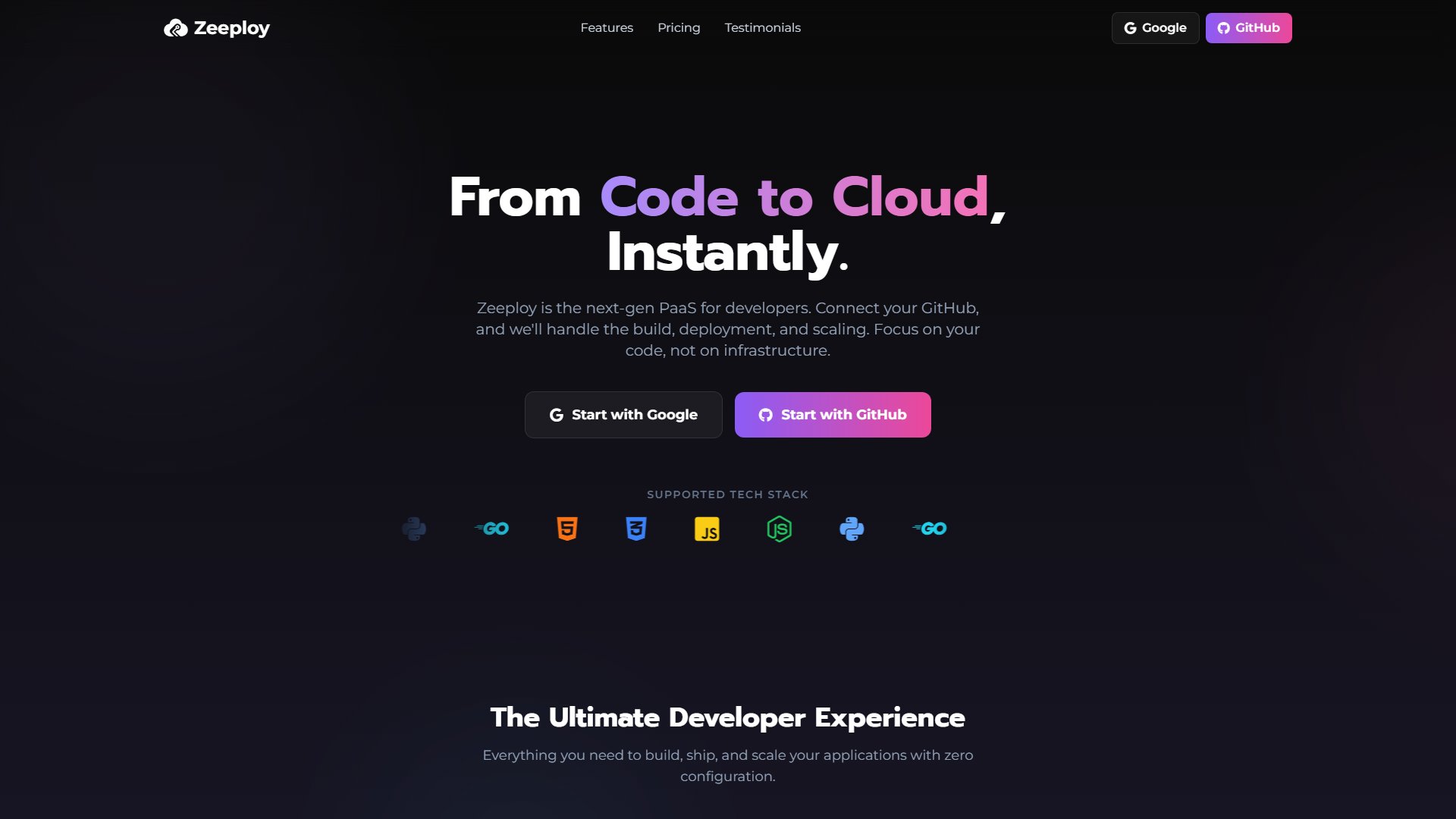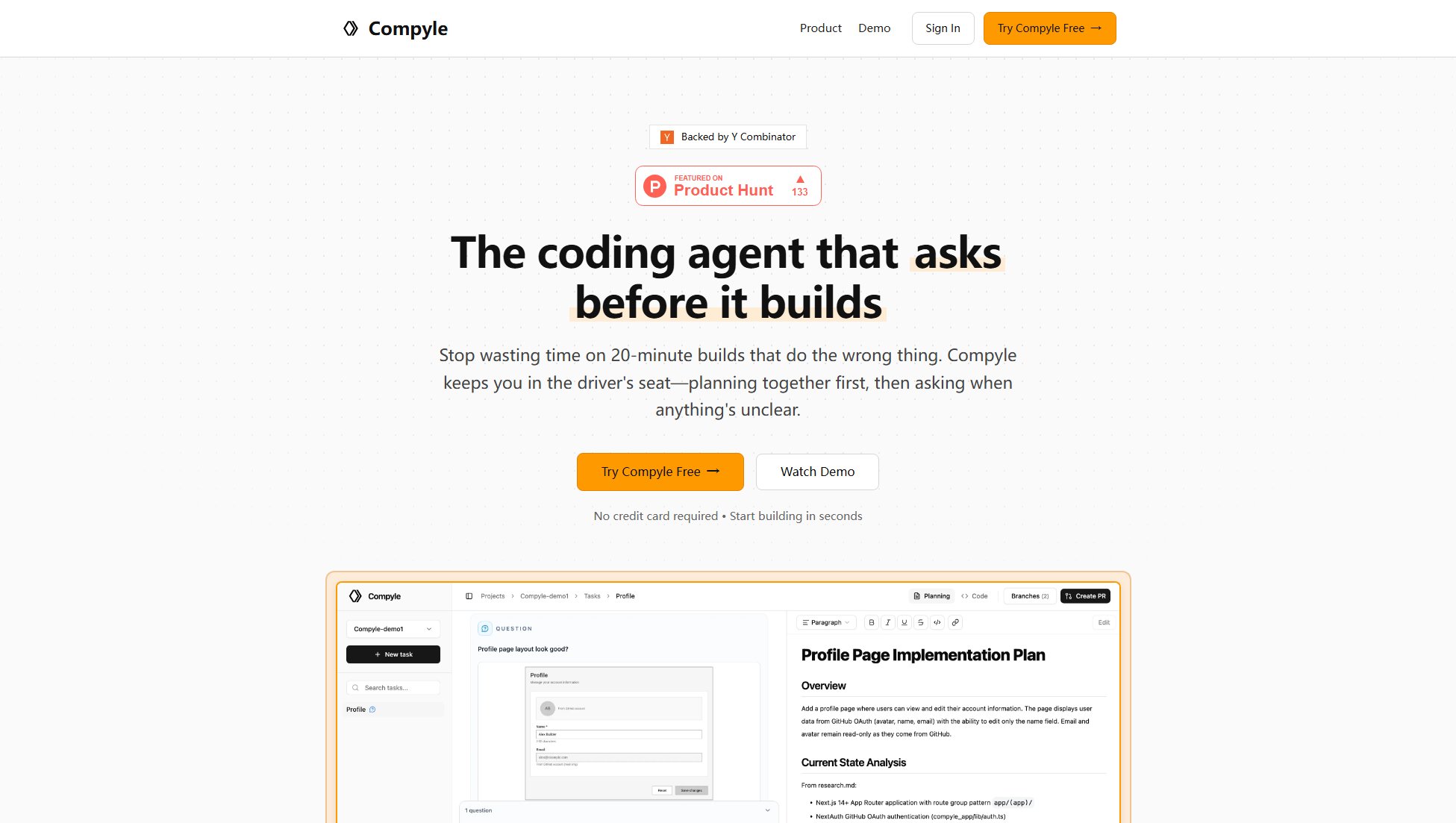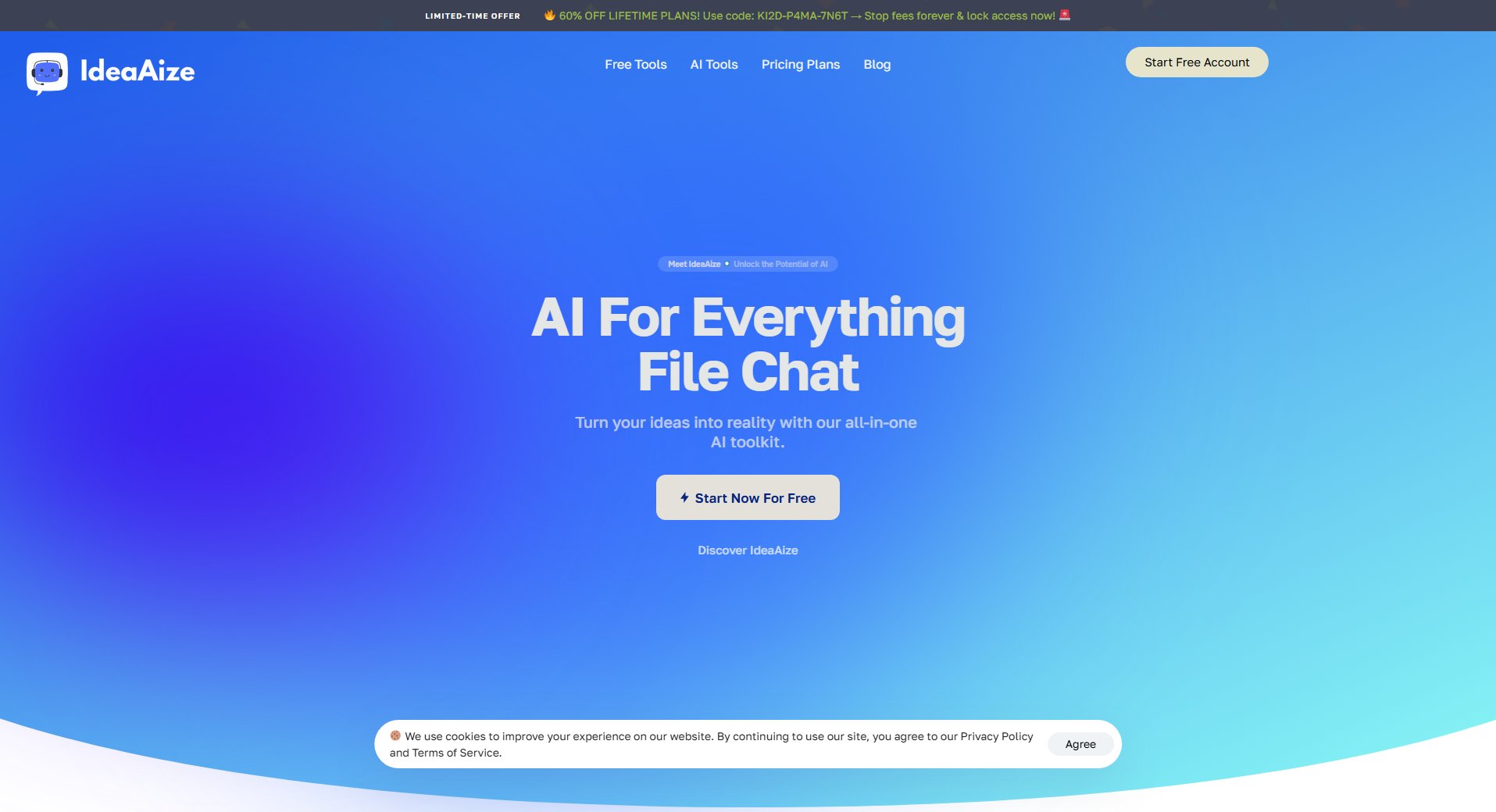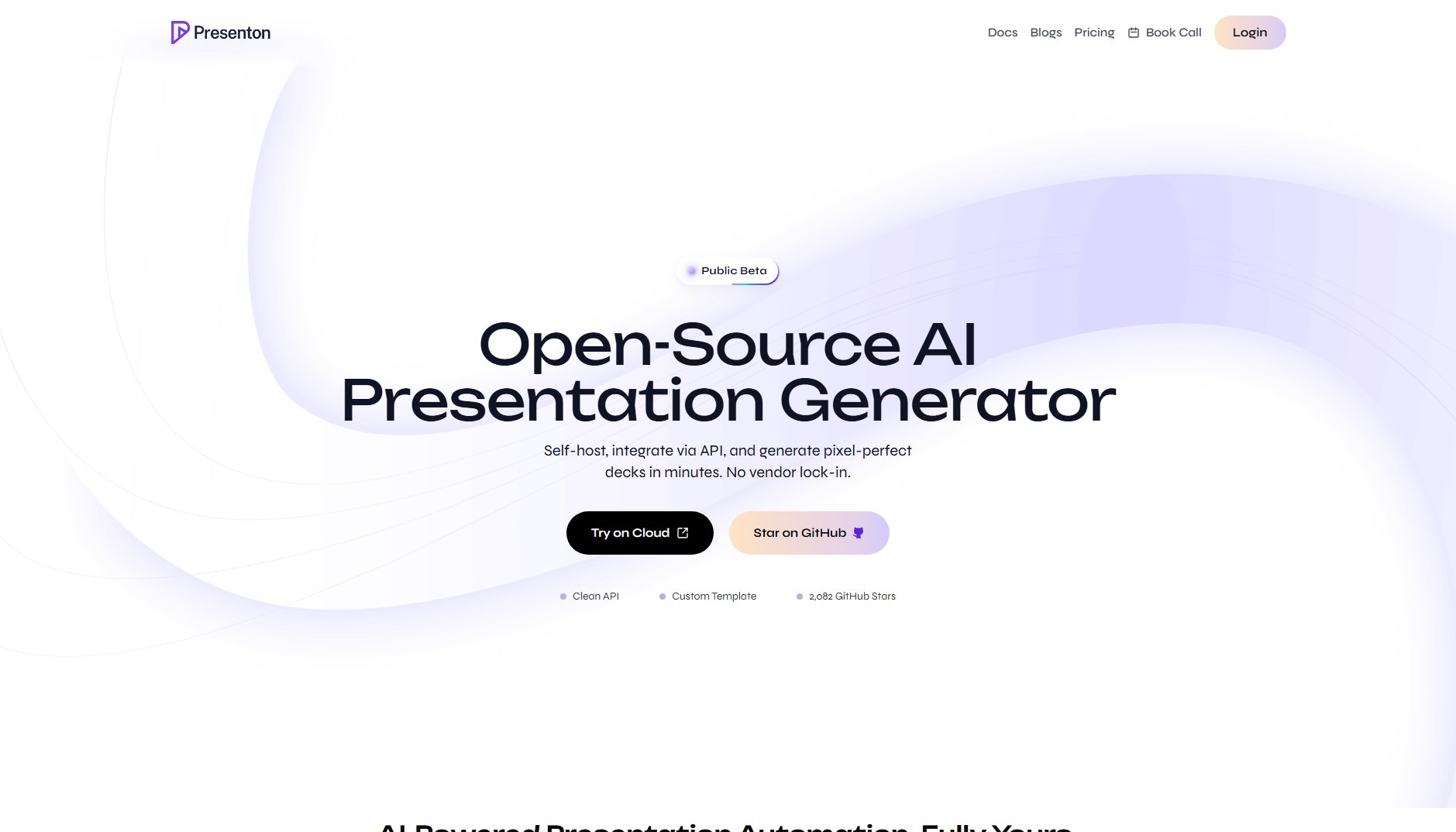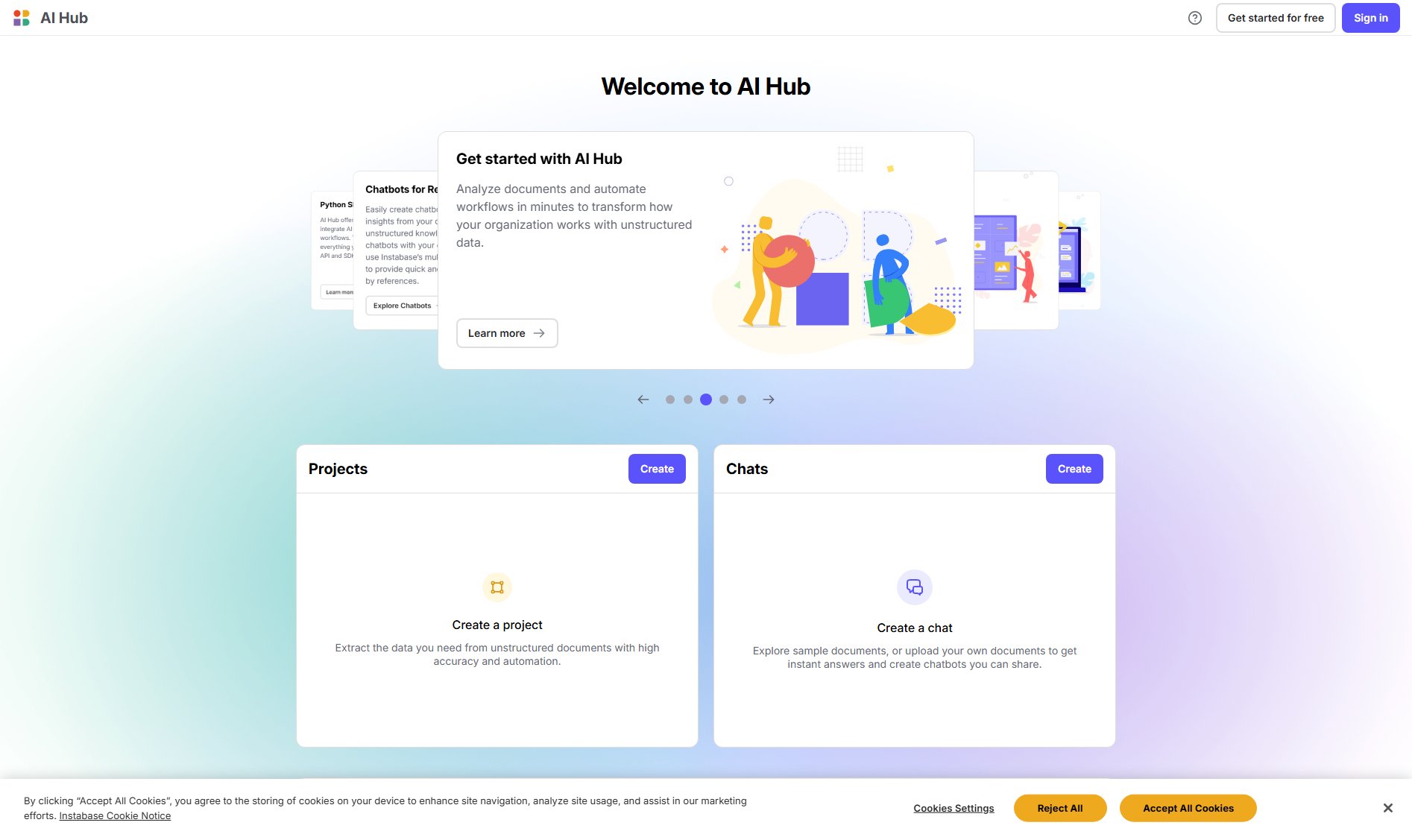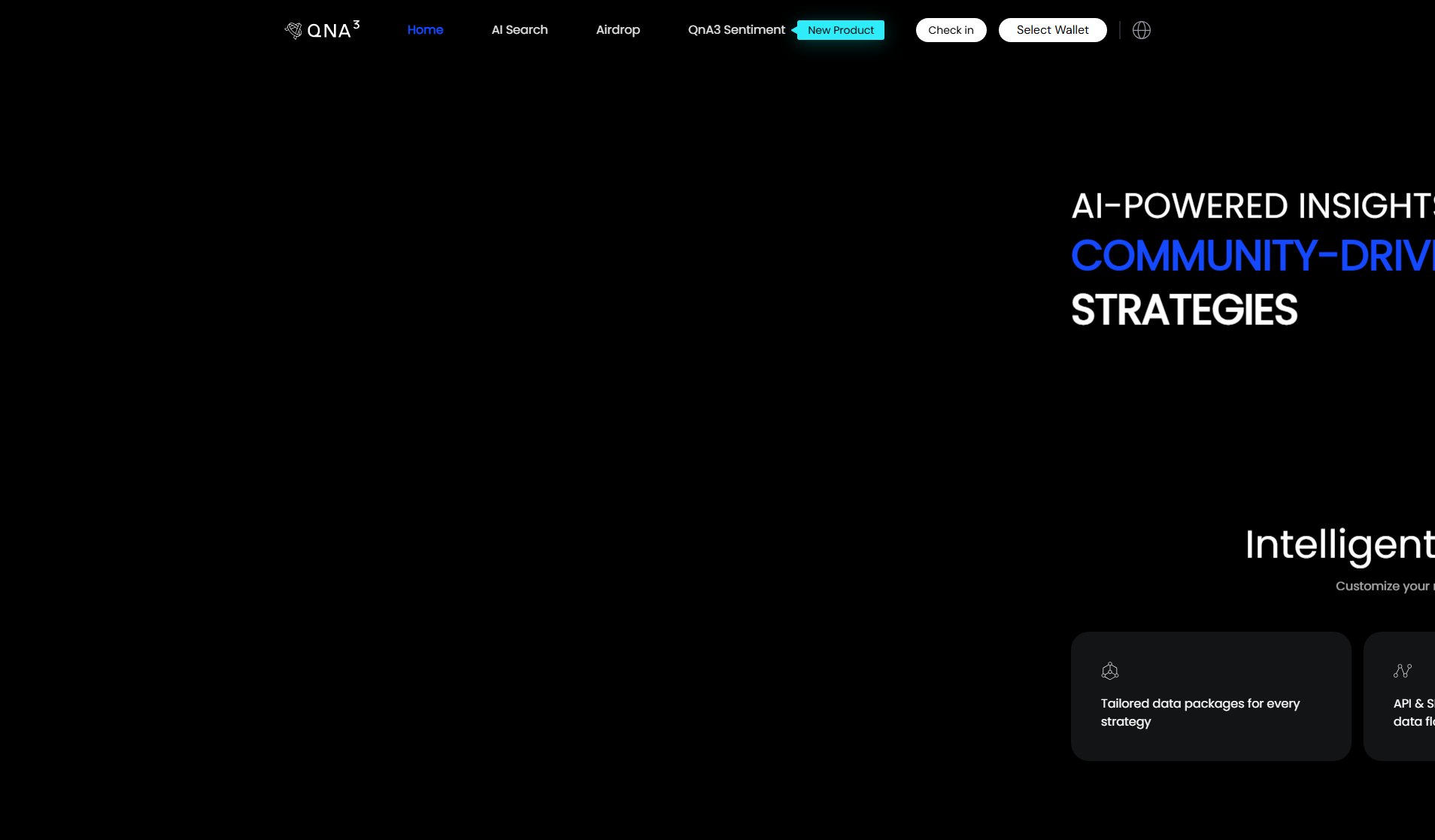Telemetry
Structured logging made easy with real-time ingestion and querying.
What is Telemetry? Complete Overview
Telemetry provides a powerful API for ingesting and querying structured logs in real-time, making it easier for developers and businesses to track, analyze, and visualize their data. The platform is designed to solve the pain points of traditional logging by offering schema-aware AI, collaborative workspaces, and seamless integration with multiple programming languages. Target users include developers, data analysts, and businesses looking for an efficient way to manage and derive insights from their logs. With Telemetry, users can easily log events, run SQL queries, and share data with their teams, all within a simple and intuitive interface.
Telemetry Interface & Screenshots
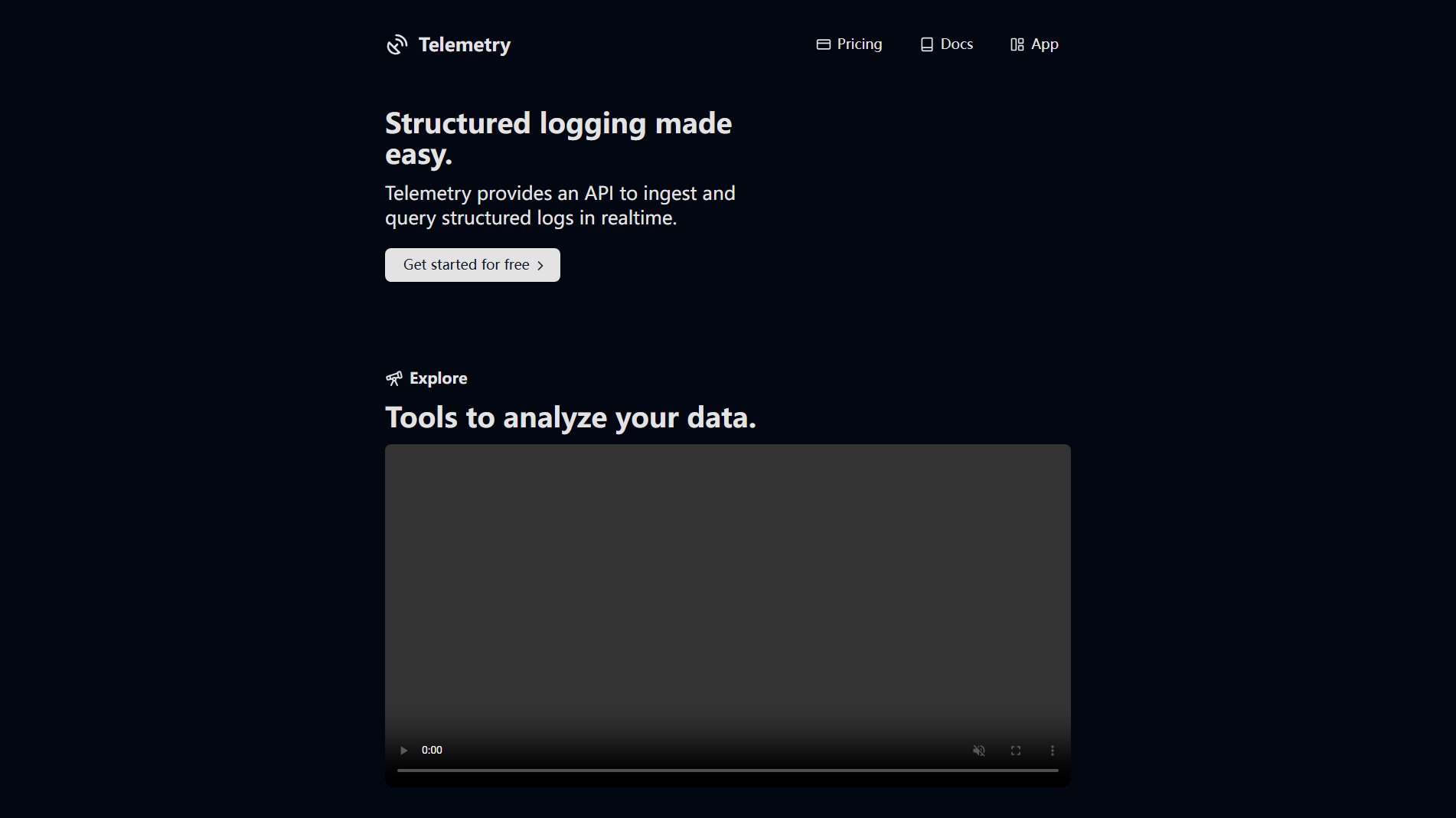
Telemetry Official screenshot of the tool interface
What Can Telemetry Do? Key Features
Real-time Log Ingestion
Telemetry allows you to ingest structured logs in real-time, ensuring that your data is always up-to-date and ready for analysis. The platform supports multiple SDKs, including JavaScript, Python, Rust, and Go, making it easy to integrate into your existing workflows.
Schema-aware AI
The built-in AI helps you write SQL queries by understanding your data schema, reducing the learning curve and making it easier to extract meaningful insights from your logs.
Collaborative Workspaces
Telemetry provides workspaces where teams can share and collaborate on data, making it ideal for businesses that need to analyze logs across multiple stakeholders.
Easy Integration
With simple initialization and logging steps, Telemetry can be integrated into your product or internal tools quickly. The platform also offers a REST API for fetching data and generating reports.
Comprehensive SQL Workbench
Telemetry's SQL workbench is fast and intuitive, allowing you to run complex queries and visualize results without worrying about schema upfront.
Best Telemetry Use Cases & Applications
A/B Testing
Telemetry can be used to log and analyze A/B test results in real-time, helping businesses make data-driven decisions quickly.
Uptime Monitoring
Monitor your application's uptime by logging and querying events, ensuring that you can quickly identify and resolve issues.
Observability
Gain insights into your system's performance by logging and analyzing metrics, making it easier to maintain and optimize your infrastructure.
How to Use Telemetry: Step-by-Step Guide
Initialize the Telemetry SDK in your project using your API key. The platform supports multiple languages, including JavaScript, Python, Go, and Rust.
Log your data by specifying a table name and the structured data you want to track. For example, you can log ride details to a table named 'uber_rides'.
Use the Telemetry API to query your data. You can run SQL queries to analyze and visualize your logs, such as calculating averages or grouping data by specific fields.
Share and collaborate with your team using Telemetry's workspaces, or integrate the data into your internal tools via the REST API.
Telemetry Pros and Cons: Honest Review
Pros
Considerations
Is Telemetry Worth It? FAQ & Reviews
Telemetry supports JavaScript, Python, Go, and Rust, with more languages coming soon.
Yes, Telemetry offers a free plan with basic logging and limited querying capabilities.
Yes, Telemetry provides workspaces where you can share and collaborate on data with your team.
Simply sign up on the Telemetry website, initialize the SDK in your project, and start logging data.
Yes, Telemetry offers custom plans for enterprises with advanced features and priority support.

